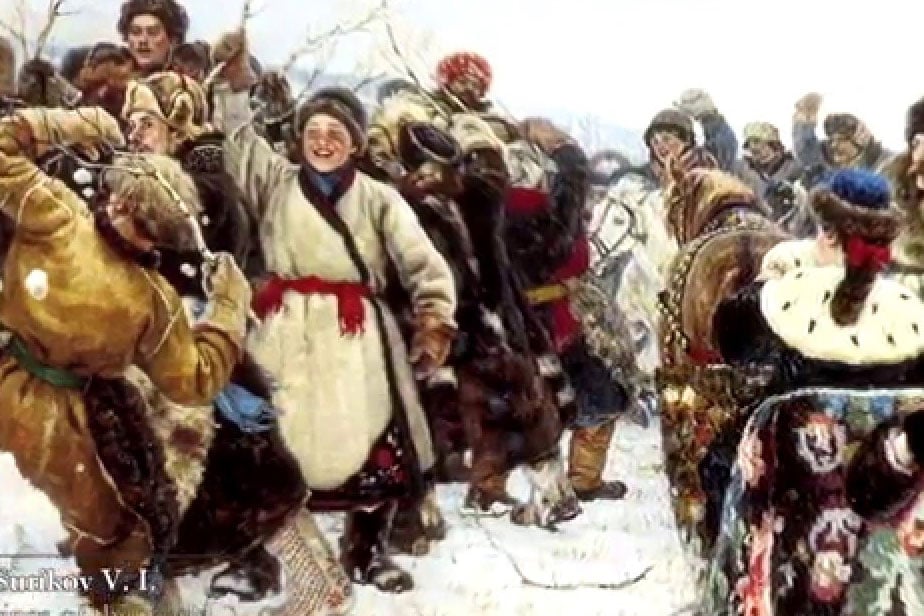Vasily Surikov, born in 1848, was a Russian history painter. Much of his artwork has been used as illustrations which makes them familiar to people in the modern age.
Surikov grew up in a poor household, and his widowed mother struggled to make ends meet after his father died of tuberculosis. He showed an interest in drawing at school and his art teacher encouraged him to pursue this interest.
His first works appear formally around 1862. His family could not afford further education, however, so he took a job as a government clerk to support himself. It was through connections made at this job that he managed to secure a sponsor for continuing his education.
Surikov set off for Saint Petersburg on horseback in 1868. After first failing to qualify for the Imperial Academy of Arts, he managed to become a full-time student by the end of 1869. He spent the next six years studying there, winning several medals along the way, and graduated as an artist in 1875.
Two years later, Surikov received a commission to paint murals at a cathedral under construction in Moscow. It was here that he met his wife, who he remained married to until her death in 1888. This is also where he began to develop a reputation as an artist, starting with a series of historical paintings.
In 1881, Surikov had his first exhibition through a group of cooperative artists. The group was known as Peredvizhniki (The Wanderers), a group of Russian realist artists who rejected academic restrictions in art. Surikov’s work is some of the only work from Peredvizhniki that has survived to this day.
By this time Surikov was gaining recognition for his work, and the financial gains allowed him to travel throughout Europe while painting. Surikov died from coronary disease in 1916.
1. Evening in Petersburg
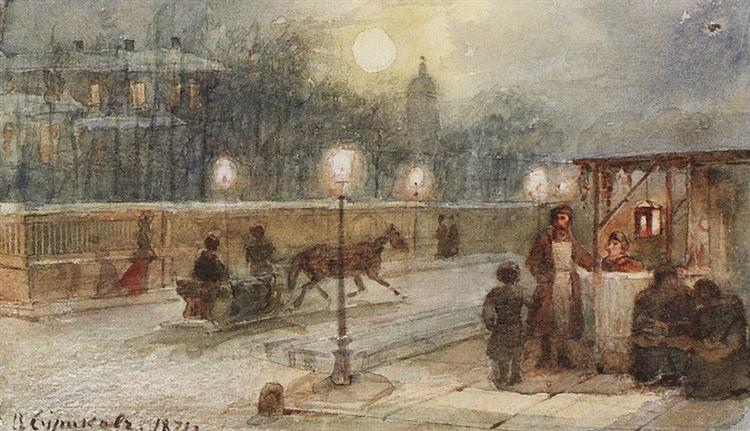
‘Evening in Petersburg’ was created in 1871 by Vasily Surikov in Realism style.
2. Holy Face

‘Holy Face’ was created in 1872 by Vasily Surikov in Realism style.
3. Temptation Of Christ
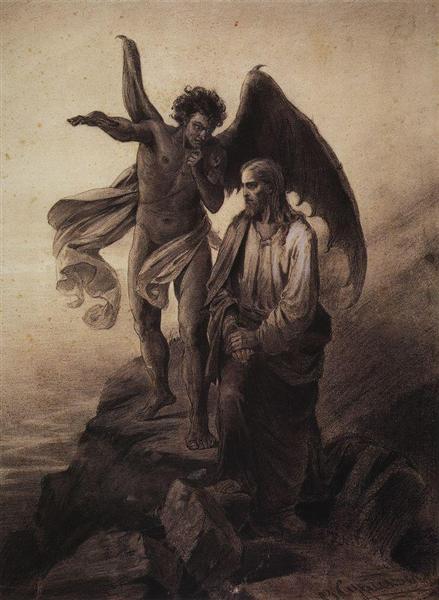
‘Temptation of Christ’ was created in 1872 by Vasily Surikov in Realism style.
4. A Rich Man And Lazarus
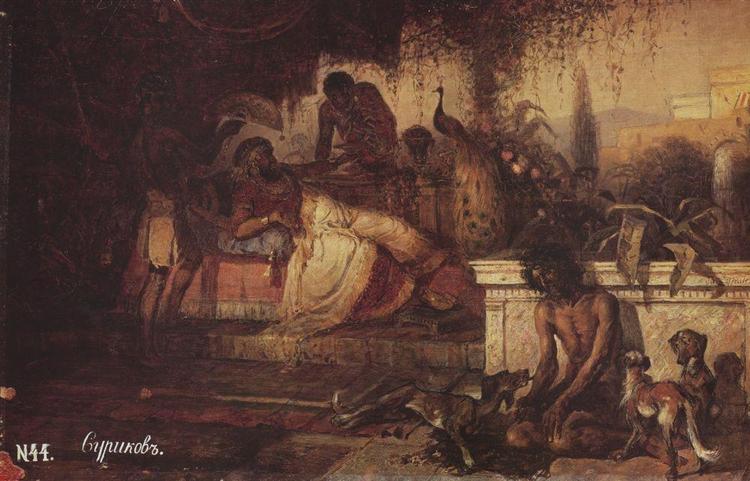
‘A rich man and Lazarus’ was created in 1873 by Vasily Surikov in Realism style.
5. Isba
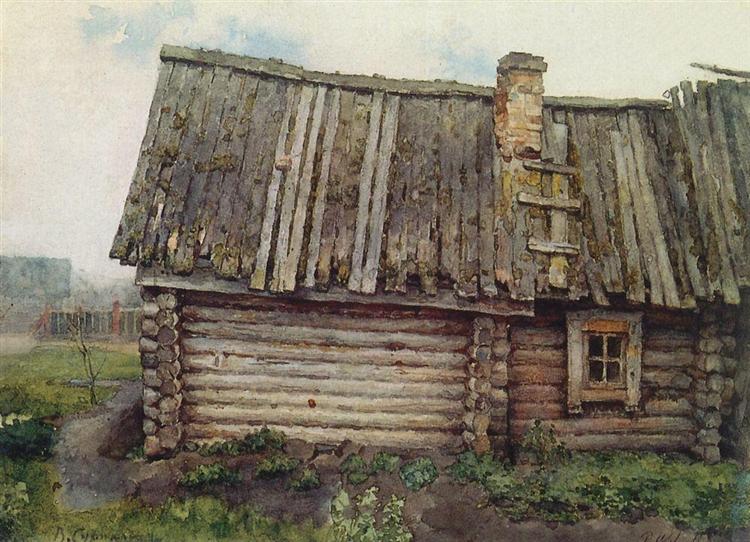
‘Isba’ was created in 1873 by Vasily Surikov in Realism style.
6. Minusinsk Steppe
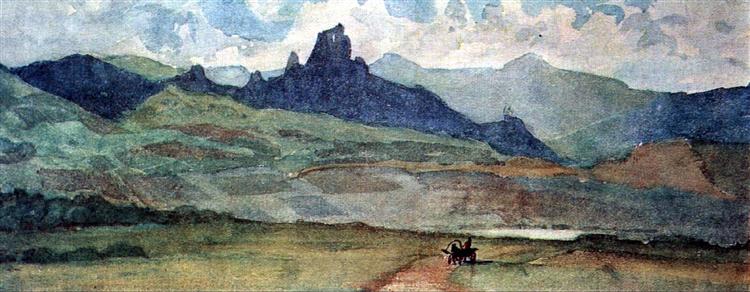
‘Minusinsk steppe’ was created in 1873 by Vasily Surikov in Realism style.
7. The Good Samaritan
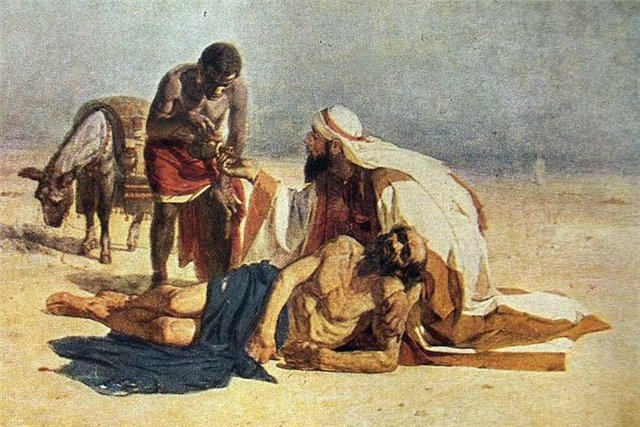
‘The good Samaritan’ is one of the artworks by Vasily Surikov created in the year 1874 in Academism style.
8. Samovar
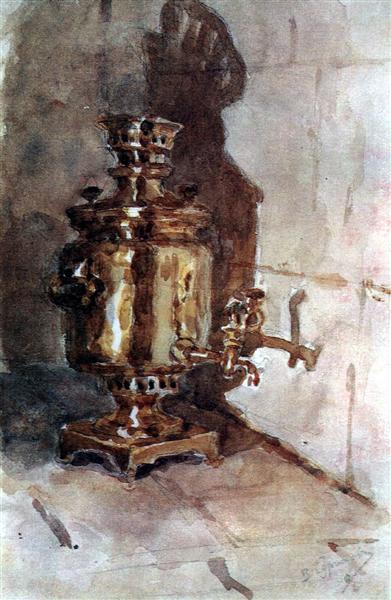
‘Samovar’ was created in 1876 by Vasily Surikov in Realism style.
The article contains sponsored affiliate links from Amazon to valuable resources.


